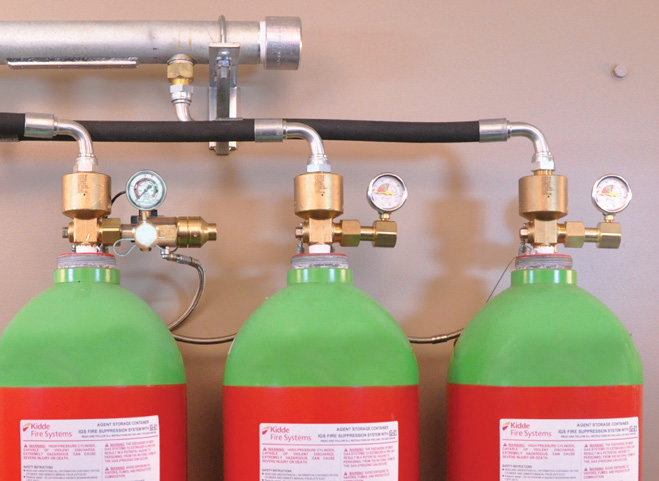Components and description of IG system
An inert gas is a noble gas that doesn’t even react chemically with any other chemicals. Because IG is non-active, it is also the ideal medium for preventing cargo explosions aboard ships. A standard inert gas system inside an oil container has the following parts.
Exhaust gas source: An inert gas origin is obtained from the emission uptakes of the boilers or primary engine, which comprise flue gases.
Inert gas isolating valve: It acts as a supplying nozzle from absorption to the remainder of the network, effectively separating both systems while not used.
Scrubbing tower: Flue gas reaches the scrubbing towers from the down and is cooled, cleaned, and moistened as it travels thru a sequence of water spray and barrier trays. The Sulphur dioxide values drop by up to 90 percent, and the gas remains soot-free.
Demister: A polypropylene-based device utilized to retain moisture and liquid from cleaned flue gases.

Gas Blower: For inert gas functioning, a steam-powered turbine compressor is employed, and for extra applications, an electrically powered air compressor is used.
Inert gas pressure regulating valve: The pressure inside the containers varies depending on the oil’s properties and the atmospheric conditions. To regulate this variance and prevent the blowers fan from overheating, a pressure gauge nozzle is installed following blower output, re-circulating the extra gas down to the cleaning towers
Deck seal: The deck’s seal’s goal is to prevent gasses from returning from the blowers to the cargo containers. Deck seals of the wet kind are typically employed. The wetness swept up by the gasses is absorbed by a diffuser.
Consistent and Continuous Maintenance
Everyone knows that transportation requires routine maintenance. The maintenance of marine system incorporates everything from customary assessments to fixes as well as new paintwork.
Talk to a marine engineer expert for more knowhow.
